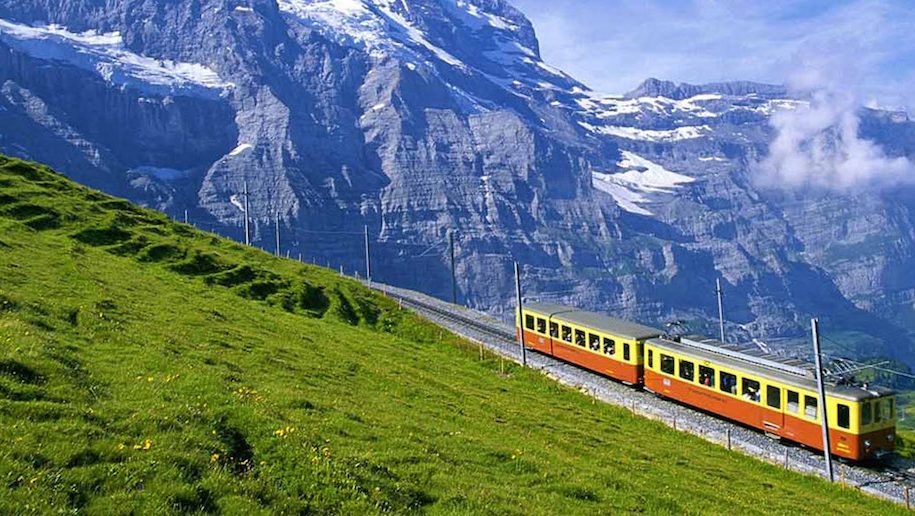The Economic Survey 2017-18, presented by finance minister Arun Jaitley on January 29, shows that Indian travellers are gradually gravitating from rail to air travel.
Over the past five years, India’s railways have been losing about 0.26 per cent of the total passengers per year. On the other hand, according to Directorate General of Civil Aviation (DGCA) the number of domestic flyers has increased by 10 per cent year on year during the same period.
This shift is mainly a result of the diminishing fare gap between railways and airlines. If booked in advance, flight tickets are only marginally more expensive than rail tickets. for example, a seat in the three-tier AC compartment of a Delhi-Mumbai train is ₹2,500-₹3,000, which is not very far behind a one-way air ticket. The travel time by air between Mumbai and Delhi two hours and 15 minutes, whereas the fastest train, Rajdhani, between Mumbai and Delhi takes 15 hours and 42 minutes to complete the journey.
India’s railway industry has been grappling for a boost in its earnings, thus increasing the fares for its higher travel classes. India’s airlines periodically have offers and sales for short time periods, which help generate more revenue. Another factor for their profitability is increased flight frequencies.
Considering the relationship between travel time and price, it comes as no surprise that travellers are opting for flights over trains.
Jazreen Deboo


